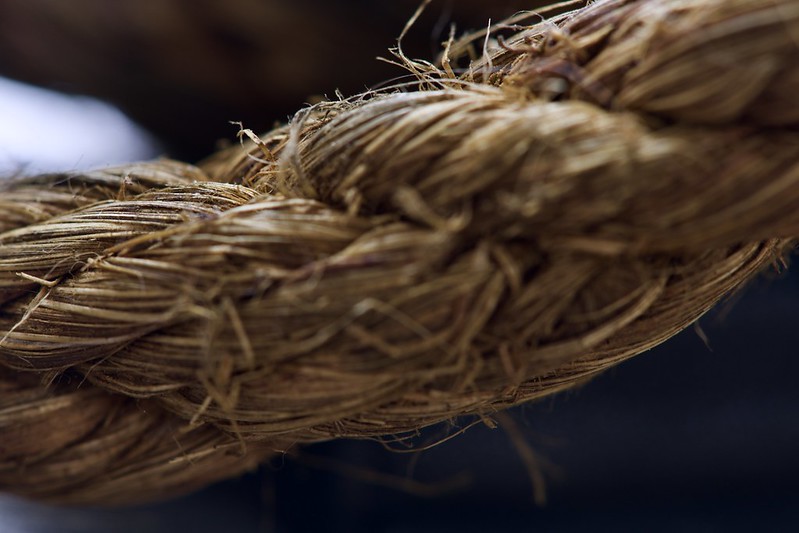Categories, Types of Rope and their Uses You Should Know

For many years, we have been in a company of ropes. As time advances, so is the rope quality and variety and hence, easy access to these ropes. When choosing a type of rope, it is important to consider the material, elasticity, and of cause the intended use.
Before going out for camping or selecting a survival gear, it is worth to have a survey of the existence of various rope types and their suitability for the intended task. Be mindful of the life span of each rope which is estimated to be about five years. This may even be shorter since they degrade even faster if used outdoor, off-road situations, or in a wet and watery environment.
Ropes can be made of synthetic or naturally occurring materials. In this article, we take you through different categories of types of rope and their use as we break it down based on the material they are made of.
Natural Rope Types and their Uses
The invention of natural ropes can be dated way back in 4000BC in Egypt. The materials used to make them are leather, grass, and air. The improved version was introduced by the Chinese who utilized sisal fibers, silk, manila, and cotton linen. The linen from plants is preferred because they are strong and water repellant. These ropes include;
Baling Twine
Baling twine is sisal made rope though are smaller in diameter as compared to other ropes. It is commonly used to attach blind materials and also preferred by farmers to tie hay bales together in a compacted form for easy and convenient transport. It is very resistant to water and breaks at 350 pounds. It is quite impossible to separately use its fibers.
Sisal Rope
This is the most commonly available which gets its name from the plant species used to make it, the Agave Sisalana family. It is very cheap and light though somehow bulky. Due to its strength, stiffness, and stability, sisal ropes are used for fastening and tethering.
As much as they can resist degradation in saline conditions, one should be careful not to shorten its life span by exposure to chemicals and moisture.
Manila Rope
Manila rope is considered to be of a high quality due to the hemp material it is made of. It is majorly used for landscaping, stage rigging, and other purposes such as decoration. Due to its ability to absorb moisture and resistance to water, it has been proven to be very reliable.
Synthetic Types of rope and their uses
These ropes are made of polyester and nylon materials. They are waterproof and buoyant. Synthetic ropes are faster than their counterparts made of natural fibers. They are used for making swimming-lane barriers, towing lines, helicopter slings, and many also find it useful in winch lines. They include;
Polyester Rope
When you require much strength, this is the rope for you! Due to its high resistance to abrasion, polyester ropes are used for sling lifting. It is also resistant to harmful UV lights and heat.
Nylon Rope
They are very acceptable types of ropes due to their elasticity. As a result of its excellent strength and resistance to ultra-violet light, nylon ropes are most preferred by the sailors and have made common appearances in mooring lines.
Polypropylene Rope
This rope is quite perfect for use in water due to the polypropylene material it is made of it deteriorates not in water thus suitable for fishermen in making swimming-lane barriers. This rope is susceptible to friction and once stretched, does not retain its original shape.



